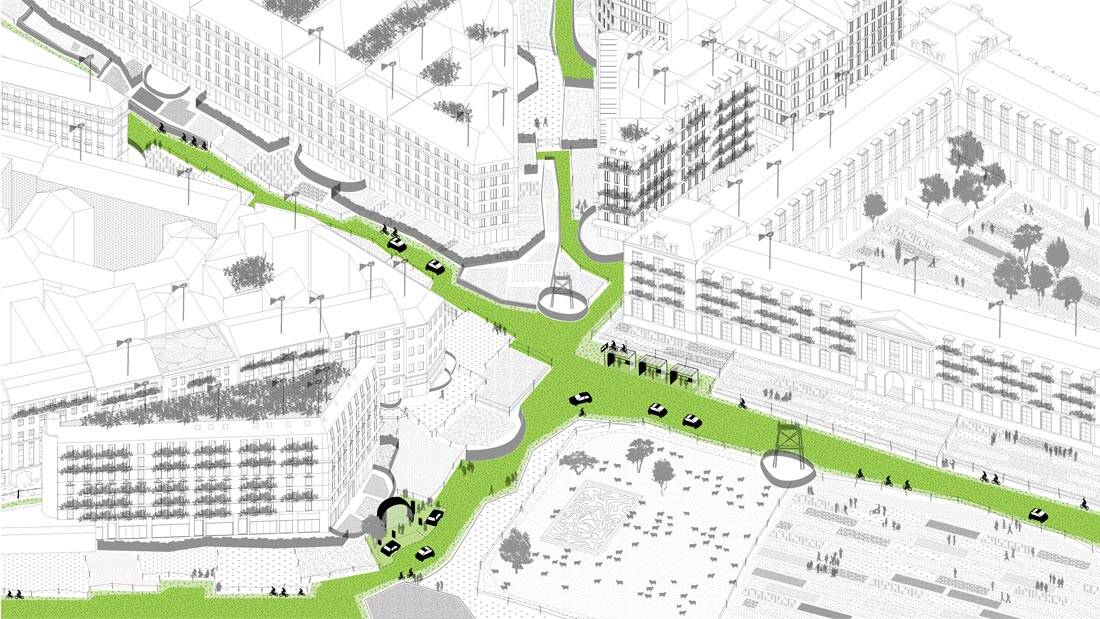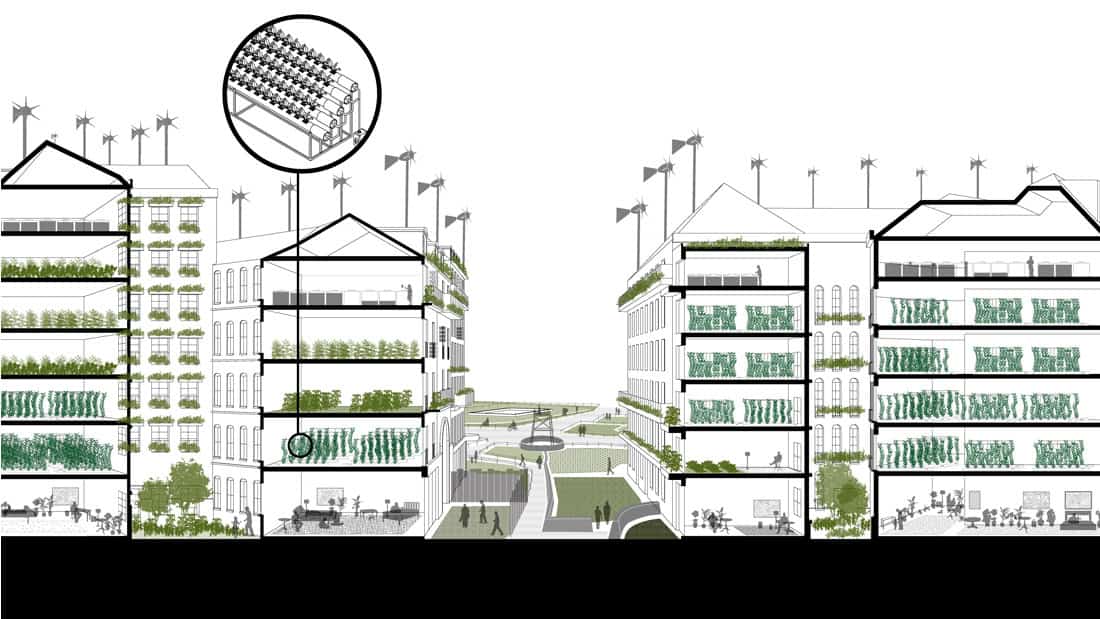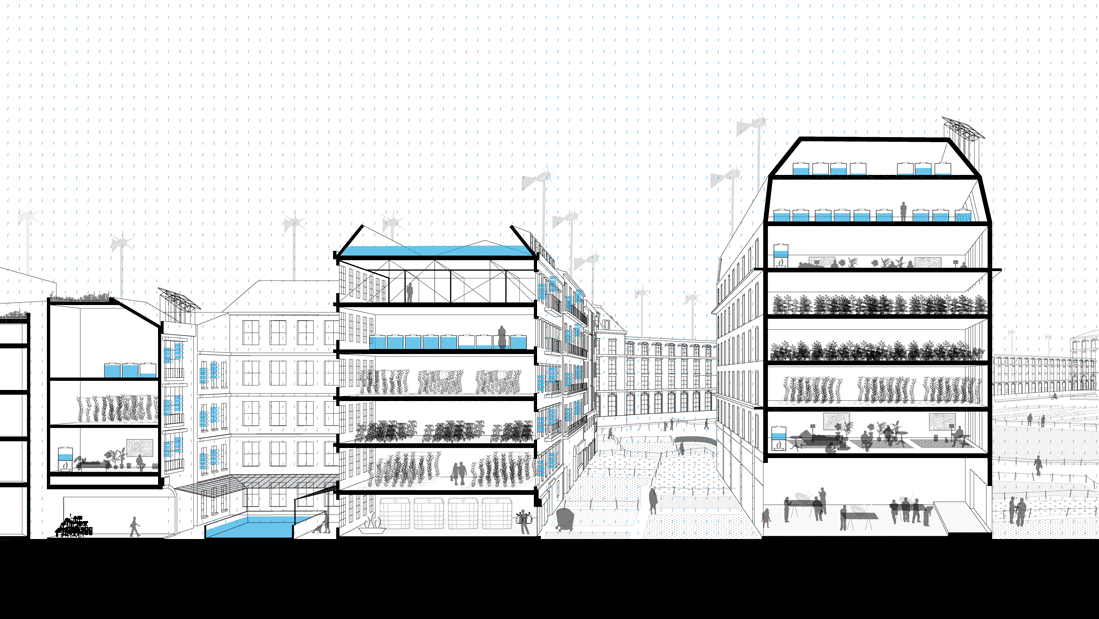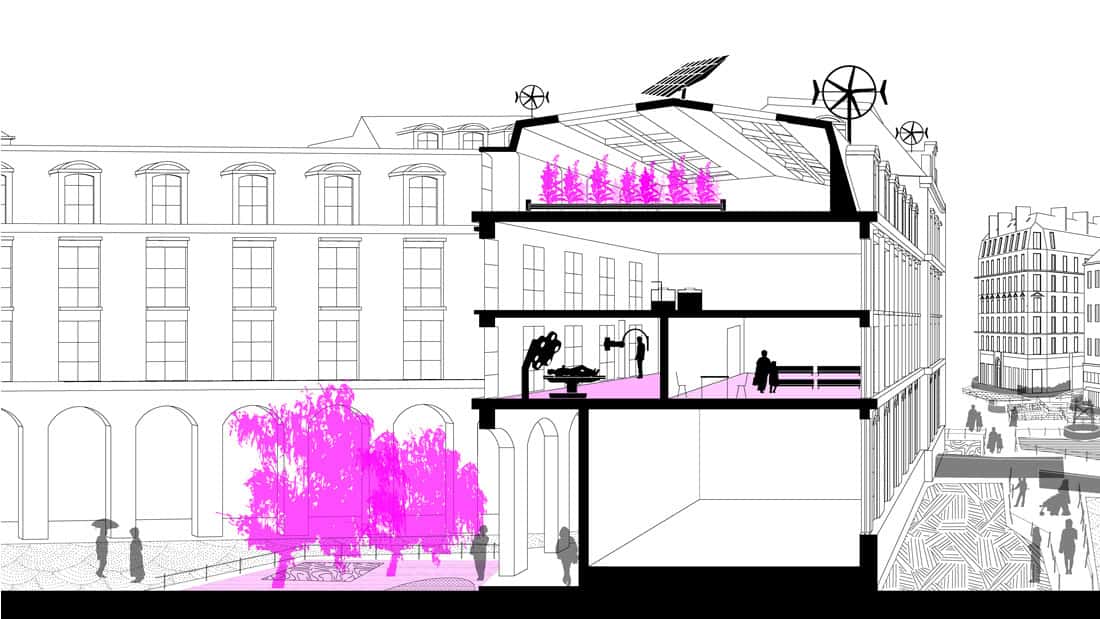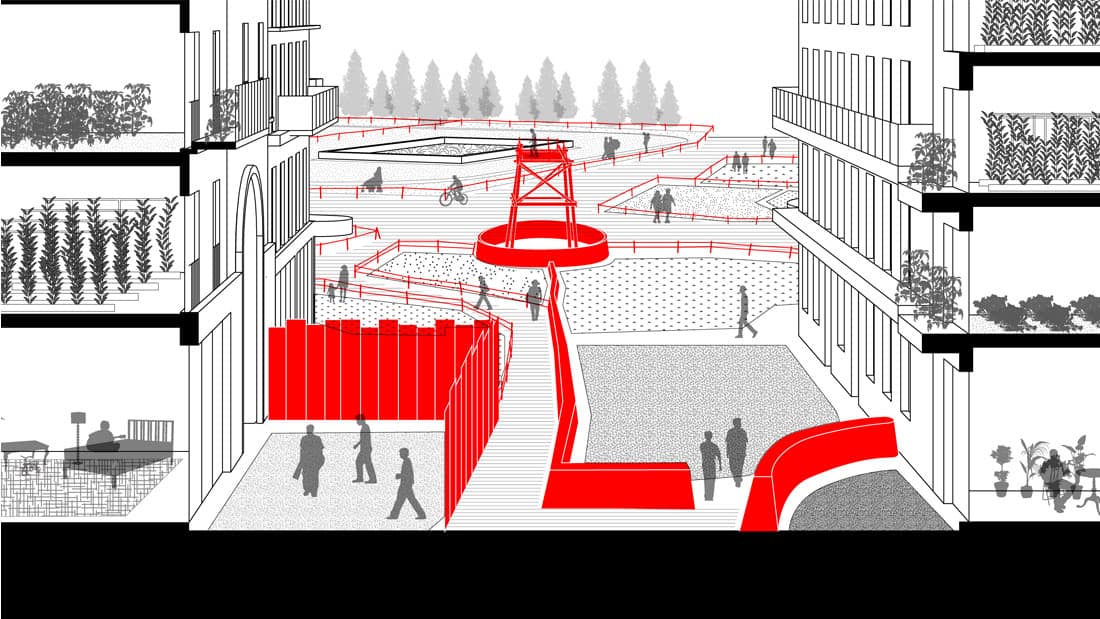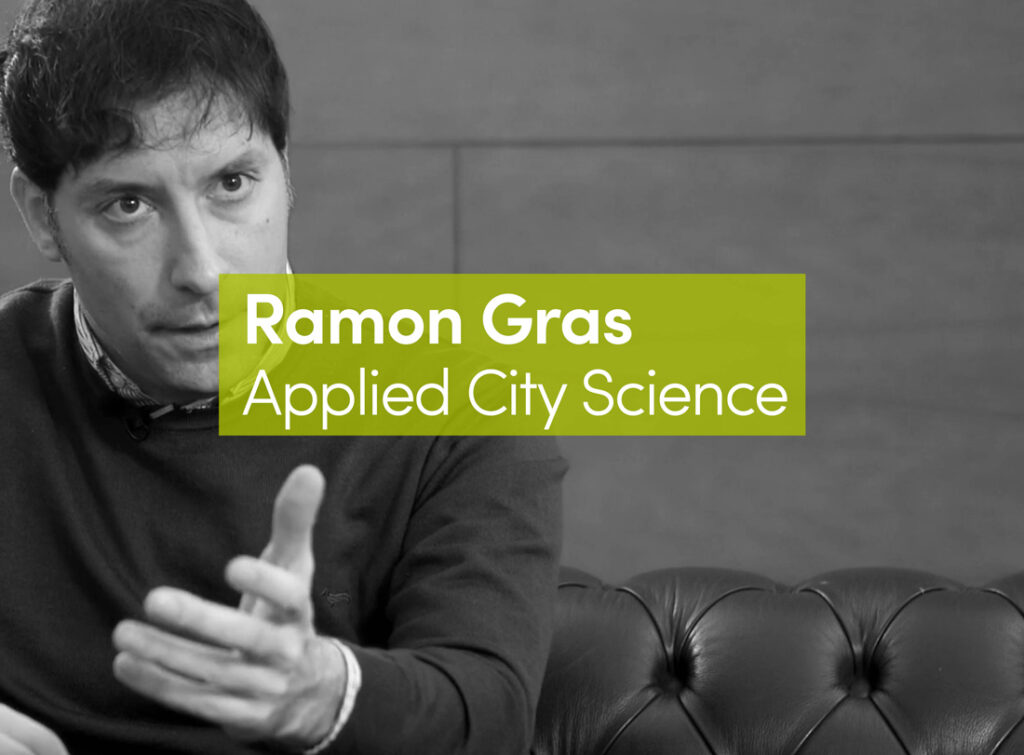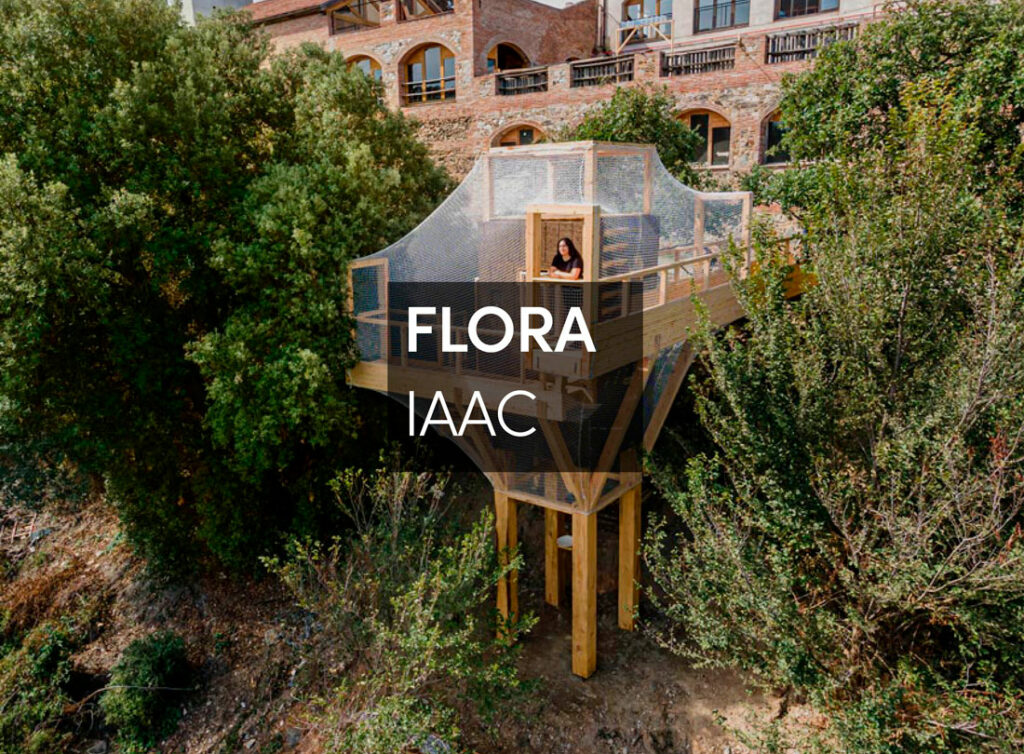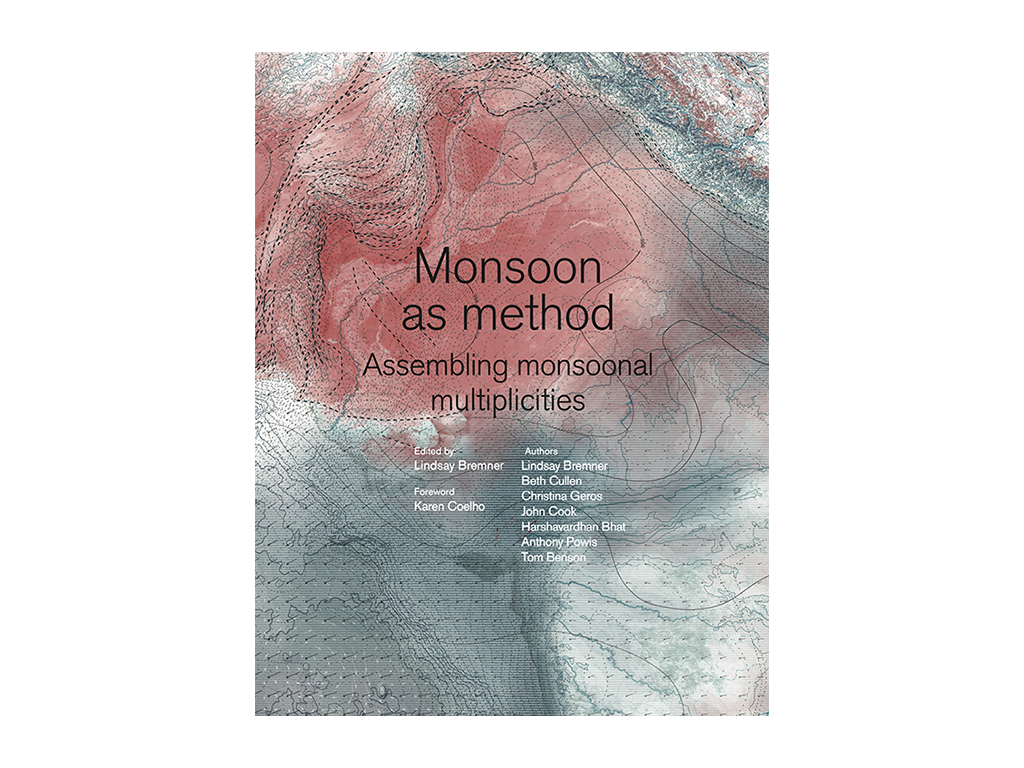AnarCity investigates and designs the anarchistic city. A city without formal governance or pre-arranged collectivity. A city without rules. It aims to simulate the ultimate anarchistic situation and registers what, when and where does it go wrong. And where leads to better performances than the regulated city. The project is based on the use of interactive generative processes that are than tested on an abstract city model or a real city. It maps the growth in density in time in order to explore the relationship between density and anarchy.
Aren’t our Cities Overruled?
As rules keep piling up in the advanced world the result of how we live in our cities is the very direct answer of how we have agreed to live through our elected systems of government and their regulatory power. The positive aspect of this is that our cities are cleaner, they display a certain harmony, remain safer and the conflicts between neighbors are minimized by property and envelope rules among others. Our cities in that sense are the result of a prejudgment of what is good for the majority and what should not be permitted for the individual affecting form and content. This way of living is taking slowly a remarkable situation in the rich countries where the possibilities of urban freedom decrease proportionally as countries get richer and denser. That does not mean that the rich countries offer less freedom than poor ones, in fact freedom in many aspects of life is more relaxed such as religion or moral standards, yet the city itself in the rich world remains strictly under control, remains strictly moralistic. We can get stoned and die with an overdose, marry a same-sex partner but we cannot change the material of our balcony without previous government approvals and scrutiny of all of our neighbors.
Rules Follow Density?
Another crucial factor conditioning our city freedom is densification and intensification of use of our territory. Holland and Singapore (some of the densest countries on earth) impress us from the air since they look like models, each piece of land placed accordingly, each façade material discussed, each program location approved, each neighborhood monitored. It seems that freedom can only happen in no man’s land, in the lowest densities. Drop-up city and the hippie’s movement of the 60’s were escaping the city to look for the freedom they could not find near police stations. It is easy to feel relax about regulations when few neighbors live far away but as neighbors get tighter in a territory an immediate demand for rules is being asked to enter. Authority begins and top down measures are put into action.
Give Freedom a Chance
Rules seem like the only solution to our neighbor conflicts ignoring that we are slowly trading off what the advanced world is supposed to be after, freedom of its citizens and the maximum potential of the individual. So aren’t we sacrificing our cities freedom to achieve a total perfection of form of our cities? Did we not go too far? What are we losing with our safer results? What sort of city life we are missing if the individuals can decide program and form? What sort of city life can arise if we give freedom another chance?
Rethinking Anarchy
Anarchist movements and thinkers (pro and cons) go back in history as far as civilization started. In fact in many senses anarchy has been labeled as the antinomy of civilization itself. Anarchy is something to be afraid of, something to defeat, something to avoid at all costs. Anarchy is a taboo in many senses. But that should not necessarily be like that, anarchy could be instead the final achievement of an advanced civilization that is able to release itself from its parental fears of failure or disorder. The most remarkable anarchist movements got a wrong start at the beginning of the XX Century and were defeated by both communist and capitalist. There had been several territories which practiced anarchy, but in any case these places vanished quickly in contexts of wars. Anarchy lacks positive evidence. Anarchy today according to Robert Kaplan is associated with places in the periphery of the world, where druglords or warlords impose a system of disorder as a way to withhold power and prevent any changes towards freedom.
Multiple Communication at Last
Today as national states become weaker the biggest amounts of humans are being connected to each other digitally. With Internet a sort of democracy without government is being implemented through out the world with some notable exceptions of censorship. In a certain way that is what anarchist were supporting long ago, the very absence of authority through the intensive use of communication. The difference is that now finally freedom is possible due to possibility of communication to each corner of the world.
How to Match Anarchy with Urbanism?
In the advanced world most of the time anarchy is associated with a picturesque setting of freedom far away from the city. Most of the iconography of anarchy is depicted as a family in tents living in the desert. The hypothesis is valid, the more density and congestion the more tensions will appear, and in order to overcome them society has implemented a complex system of regulations. In Manhattan for example despite its fame of American freedom and wild capitalism we witness instead a city form that is the result of a complex superimposition of rules that gets updated and expanded every day.
The “rules of anarchy”
Anarchy means the absence of a top down authority; in anarchy the only rules applicable are those that all participants agree. In this way anarchy is also different from democracy. Anarchy’s only request is nevertheless responsibility. This could be expected for the advanced world.
